In one of my application, I am using Tadiran Lithium Thionyl Chloride Batteries MODEL TL-5934. In the data sheet , the max pulse current shows 50mA.
However, in my application, we have low duty cycle current spikes up to 70mA.
Our battery are draining twice the speed as I calculate. How will these current spikes affect the battery Life??
This is the datasheet of Lithion battery we used

In this chart, it estimated that 0.2mA constant current draw will drain the Unit in about 4000 hours
This is our appication's current draw profile. 50000 points acquired by DMM in 50 sec. Constant current draw is very small probably 0.01mA, however, have lots of current spikes, which I suspected kill the battery much faster.

